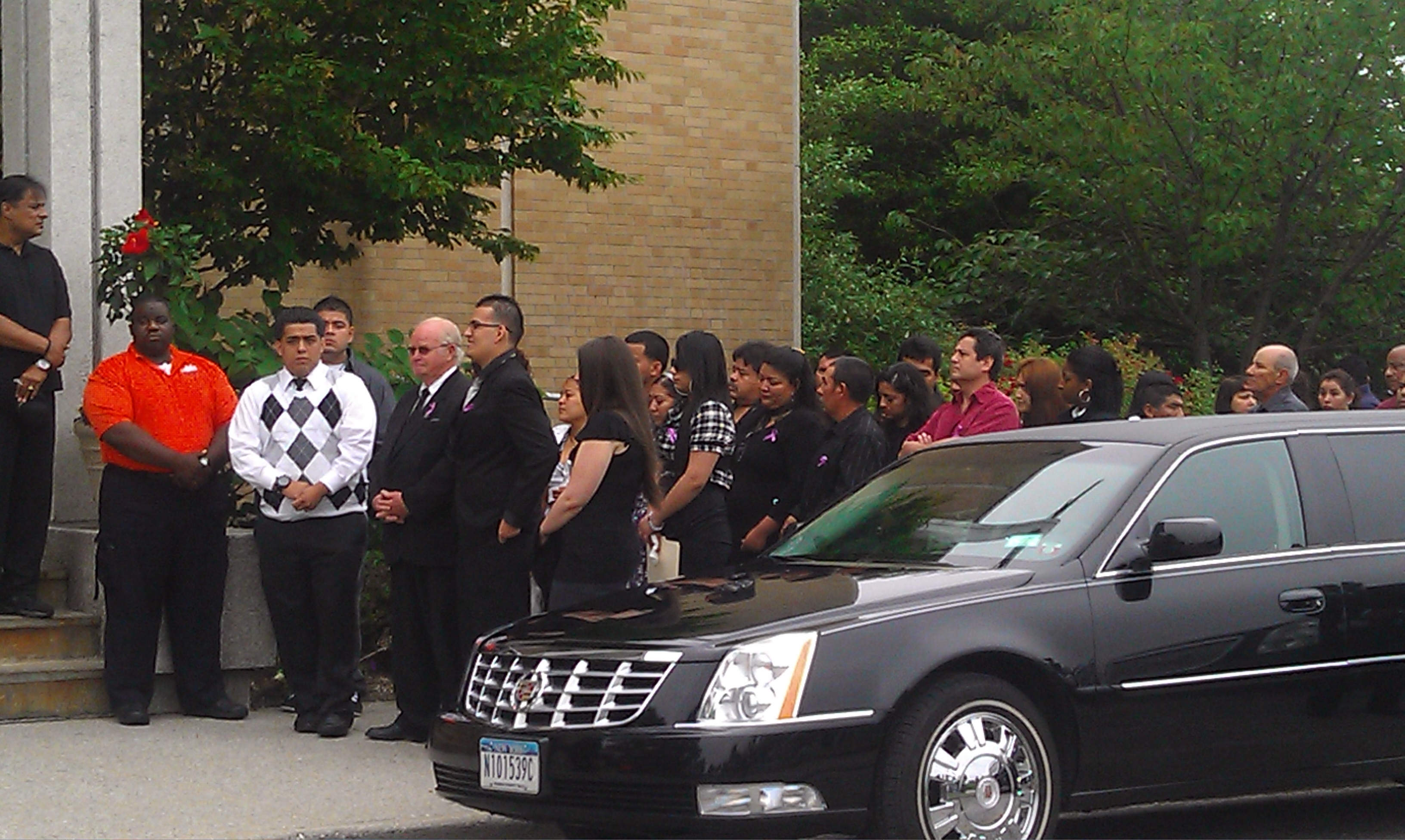
Along the bank of the Carmans River, the white oaks are just starting to turn green, the red maples are beginning to bud.
“This was my childhood playground!” exclaims Marty Van Lith, a Brookhaven historian and environmental activist, from the stern of our canoe.
We glide past a fisherman up to his knees in the river making his line flick across the water like a silken thread uncoiling off a spool. He tells us he got a late start this morning—9 a.m.—but he’s caught a 12-inch trout already, so he likes the spot he’s found. From this bend in the river we can’t hear the traffic rushing on Sunrise Highway, just the chirping of red-wing blackbirds and a couple of mallard ducks flapping off the water while some barn swallows swoop silently above the surface catching flies. We could be in the Adirondacks for all we know.
Around another bend we spot a black-crested night heron on the bank craning its neck around a tree trunk to gauge our intentions. We paddle upstream, through the sedges and marsh grass to reach the C-Gate Dam, known as the Pheasant Road Dam years ago, where the river drops several feet and the current is strong. But we can go no further, so we head back, where we pull up to the dock at the park headquarters as a pair of swans loudly take off from the reeds on the far side of Hards Lake.
To the naked eye, the Carmans River looks smooth and inviting. But beneath the surface trouble is brewing.
Pressure is building on the Carmans. It’s still one of Suffolk County’s cleanest rivers but how much longer can its pristine quality be preserved without drastic government intervention? Overdevelopment has choked the nearby Forge River in Mastic, which is officially “dead” and in need of costly restoration. In the Carmans, the levels of nitrates and volatile organic compounds are on the rise, signs of human encroachment along the river banks and throughout the Brookhaven watershed. And if the Carmans gets polluted, then the Great South Bay—an impaired waterway that draws 17 percent of its water from the river—will be further at risk.
Two years ago with much fanfare Brookhaven Town Supervisor Mark Lesko, a Democrat, put together a study group to see if they could come up with a plan to preserve the Carmans River with the same kind of forward thinking that had led to the landmark Pine Barrens Act in 1993. After many meetings and work sessions, overseen by Dr. Lee Koppelman, a Long Island master planner, the study group signed off on its plan after some 18 months and turned it over to Lesko so he could begin the initial approval process under the State Environmental Quality Review Act.
But he was thwarted by two town board members of his own party, Councilman Steve Fiore-Rosenfeld and Councilwoman Connie Keppert, plus an outpouring of public opposition that came to a head at a public hearing on March 29 because the river protection plan also involved zoning changes to encourage multi-family housing.
As Koppelman told the Press, the hearing “was a blood bath.”
Lesko took his plan off the table.
“What we were doing was fairly revolutionary for Long Island,” Lesko says. “We were taking kind of a big picture approach to the problem—the problem being that you’ve got a fairly pristine river that’s in that condition now because of prior investments by government to protect huge pieces of that watershed.”
Critics of the study group plan say the citizens were excluded from the process. They called the final proposal deceptive, masking a power grab by the Pine Barrens Commission to usurp the town’s zoning authority in collusion with developers who would get “as of right” multi-family housing that would unfairly burden school districts and taxpayers. They claimed the plan was more about economic development and creating a market for the transfer of Pine Barrens credits—monetary compensation paid to a property owner who can no longer develop his/her land if it’s preserved—than about saving the Carmans River.
Lesko thought the Pine Barrens’ model of transferring the development rights was the right approach, given that government doesn’t have the fiscal resources to purchase the land outright. By expanding the Pine Barrens core protection area to include the Carmans River watershed, about 500 new credits would be created (a credit now goes for $80,000), and the town would identify and approve multi-family sites as receiving areas for the credits to be used by developers eager to meet the need for affordable, work-force housing, also known in planning circles as “next generation” housing because it’s aimed at keeping young people from leaving LI.
“In essence, you could preserve the property using a market-based system,” Lesko says, “and protect the last third of the river that needs to be protected.”
But now the effort to protect the river rests on the shoulders of four council members, two Democrats and two Republicans, whose “new road map” or “Carmans River 2.0” idea, as Fiore-Rosenfeld has dubbed it, either puts the public ahead of “the special interests” or signs “a death warrant for the river,” depending on who’s talking. The specifics of this road map have been in short supply but the public will get to weigh in at Brookhaven Town Hall on May 30 at 6 p.m. and June 2 at 1 p.m.
One thing is clear. The Carmans River may be only 10 miles long but the fight over its fate seems to embody everything that’s wrong with the Island: an aging suburb, inadequate sanitation, dearth of affordable housing, a growing threat to drinking water, and a toxic mix of NIMBYism and racism.
“Some of my colleagues did not want this process to move forward to the next phase so they stopped it,” Lesko says. “They appealed unfortunately to elements in our community that for a variety of reasons are opposed to next generation housing when the proposal involves putting it in their communities.”
Practically everybody in town insists they want to save the river—they just can’t agree on how. And when their constituents are screaming about “those people” moving into their school districts, the council members may have understandably buckled. Another wrinkle is that Brookhaven’s councilmanic system, now over a decade old, may make it even harder for them to come together and do the right thing for the town as a whole without a bitter, protracted battle.
“This is like Armageddon,” says a well-connected official with long-time ties to Brookhaven Town who served on the study group and asked not to be identified because he wasn’t authorized to speak. “Now, they’re shooting missiles!”
“If my colleagues can create a better process that gets us to a point where you have the political will to do this, that would be wonderful,” Lesko tells the Press. “I have yet to see a plan, though. I have seen a resolution that creates a plan for a process.”







